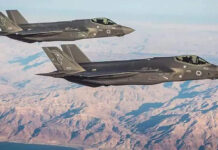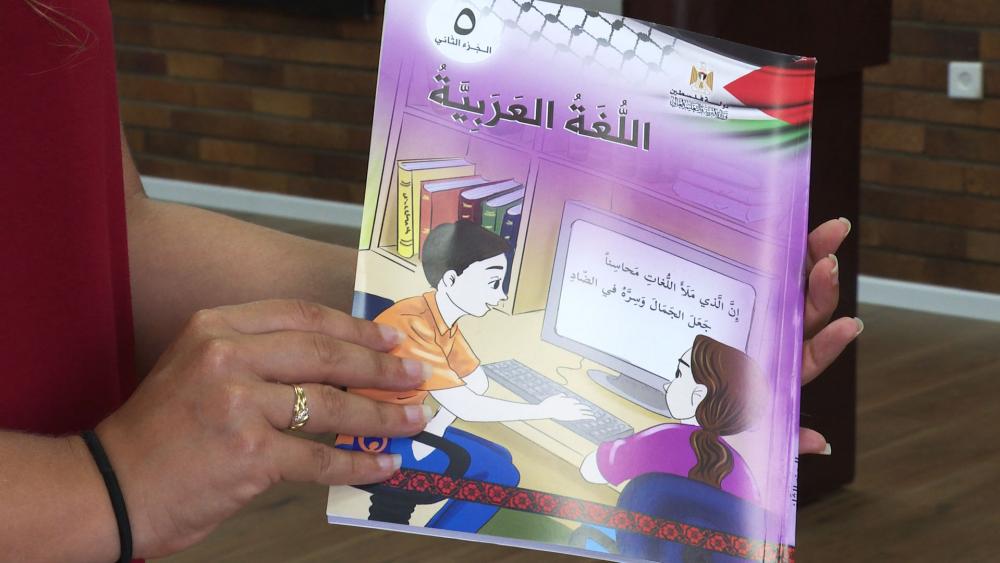(Moshe Phillips is National Chairman of Americans For a Safe Israel / AFSI, a leading pro-Israel advocacy and education group.)
A new study has found that the curriculum used in the Palestinian Authority’s schools is still filled with anti-Jewish and anti-Israel hatred. How will that affect the chances for Middle East peace?
One of the most significant provisions of the Oslo Accords, which Israel and the PA signed three decades ago, was that the Palestinian Arabs would stop teaching hate to their children. According to the Oslo II agreement (Article XXII [1]), the PA is obligated to “abstain from incitement, including hostile propaganda.”
The most important place to begin implementing that new policy was the PA’s schools. The only hope for a genuine and durable peace in the region is if Palestinian Arab boys and girls are raised to embrace peace and coexistence, and reject hatred and violence.
Yet in the years following the signing of those accords, multiple studies by groups such as Palestinian Media Watch, MEMRI, and Impact-SE found that the PA was continuing to teach children to hate and kill Jews.
The U.S. State Department and J Street kept telling us that the Palestinian Authority was changing, becoming moderate, rejecting violence. Yet the actual school books used in PA schools told a different story.
Now a new study from Tel Aviv University’s Institute for National Security Studies (INSS) has confirmed our worst fears. Its review of PA school curricula has found that the PA continues to “espouse some of the worst views against Jews and Israel in their textbooks.”
The PA schoolbooks make a mockery of concepts such as tolerance and pluralism. They present an “antisemitic portrayal of Jews…Jews are continuously maligned as the enemies of Islam…Jews are the ‘enemies of Islam in all times and places’.”
To cite just one of innumerable examples, a standard 8th grade Arabic Language textbook used in PA schools “teaches reading comprehension through a violent story that promotes suicide bombings and exalts Palestinian militants in the Battle of Karameh.”
In that narrative, Arab fighters “cut the necks of enemy soldiers” and “wore explosive belts, thus turning their bodies into fire burning the Zionist tank.” They celebrate “leaving behind some of the bodies and body parts, to become food for wild animals on land and birds of prey in the sky.”
Have you ever wondered why countless Palestinian Arab children participate in mobs that try to stone and burn Jews to death? Or why Palestinian Arab college students always vote for pro-terrorist, antisemitic parties in their university elections? Or why so many young Palestinian Arabs have enthusiastically engaged in the most heinous acts imaginable, such as beheading Jewish babies?
























